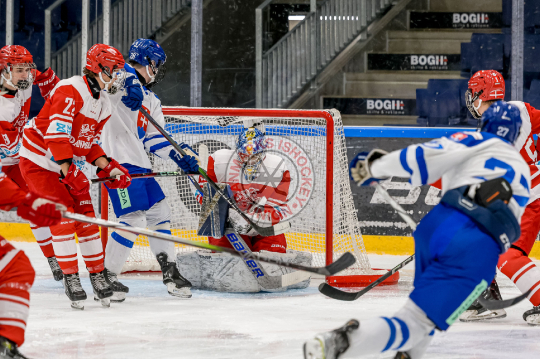What are the teacher’s union, Danmarks Læreforening, and local government association KL fighting over?
The primary aspect in the labour agreement dispute between the teachers and councils is the number of hours that the teachers work, namely the division between the number of teaching hours and preparation time. As it stands, the teachers's collective bargaining agreement caps the number of hours that teachers teach at 25 hours a week, minus special tasks such as parent teacher conferences, etc.
What does KL want?
KL wants to change the current system so that in the future it will be up to the school leadership to decide the hours for each individual teacher. They also want the 25 hour basis limit removed. That way it will be up to the schools to decide how many hours teachers should use for teaching, preparation and other tasks.
What do the teachers want?
The teachers want to keep the arrangment as it is. They fear that the quality of education will be reduced if they are to teach more and prepare less.
What is the current status of the conflict?
Various talks broke down over the past several days, meaning that teachers now face a lockout at the conclusion of the current Easter break. The lockout will officially begin on April 2 and there is currently no indication on when the talks will resume again.
How about exams?
On May 2, the upper-secondary written exams are schedule to commence and will be postponed if an agreement cannot be reached. On June 3, oral exams are scheduled to begin but will also be postponed if a lockout persists.
Can my children go to school during a lockout?
Under the lockout, teachers who are members of Danmarks Lærerforening (DLF) will be prohibited from working, while public servants and teachers without union contracts can work. Thus, each school and class can be different and it may be necessary to keep kids home from school.
How long can a lockout last?
In principle, there is no limit to how long a lockout can last. It can continue until the two sides return to the negotiation table and agree on terms. DLF said last week that their lockout funds can sustain them for two months, but it is unlikely that this will happen. The government can also force the teachers back to work via parliamentary action.
Source: Danmarks Lærerforening, Kommunernes Landsforening and the Ministry for Children and Education.












